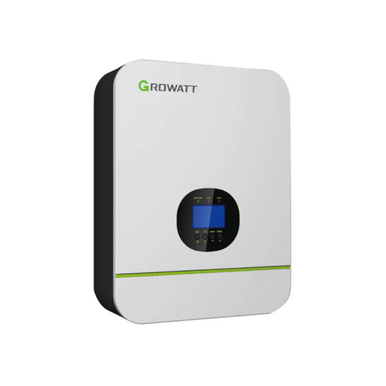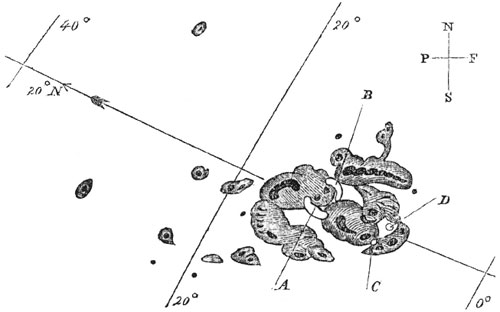
(Pre-Assembled) EG4 Enclosed Battery Rack | 3 Slot | Wheels Included
Discover the EG4 Storage Solutions 3 Slot Battery Rack with an enclosed cabinet design, lockable door, and vented panels for cooling. Easy access, mobile-ready with casters, and stackable. Constructed from heavy-duty steel and compatible with all EG4 Server Rack Batteries.
 signaturesolar.com
signaturesolar.com
They show the buss bar rating= 300amps. I have (3) 24VDC/200AH EG4 version 1 server rack batteries. Should the buss bar rating be based on the AH rating of the battery or not? In my case that could be up to 600 amps
thanks,




